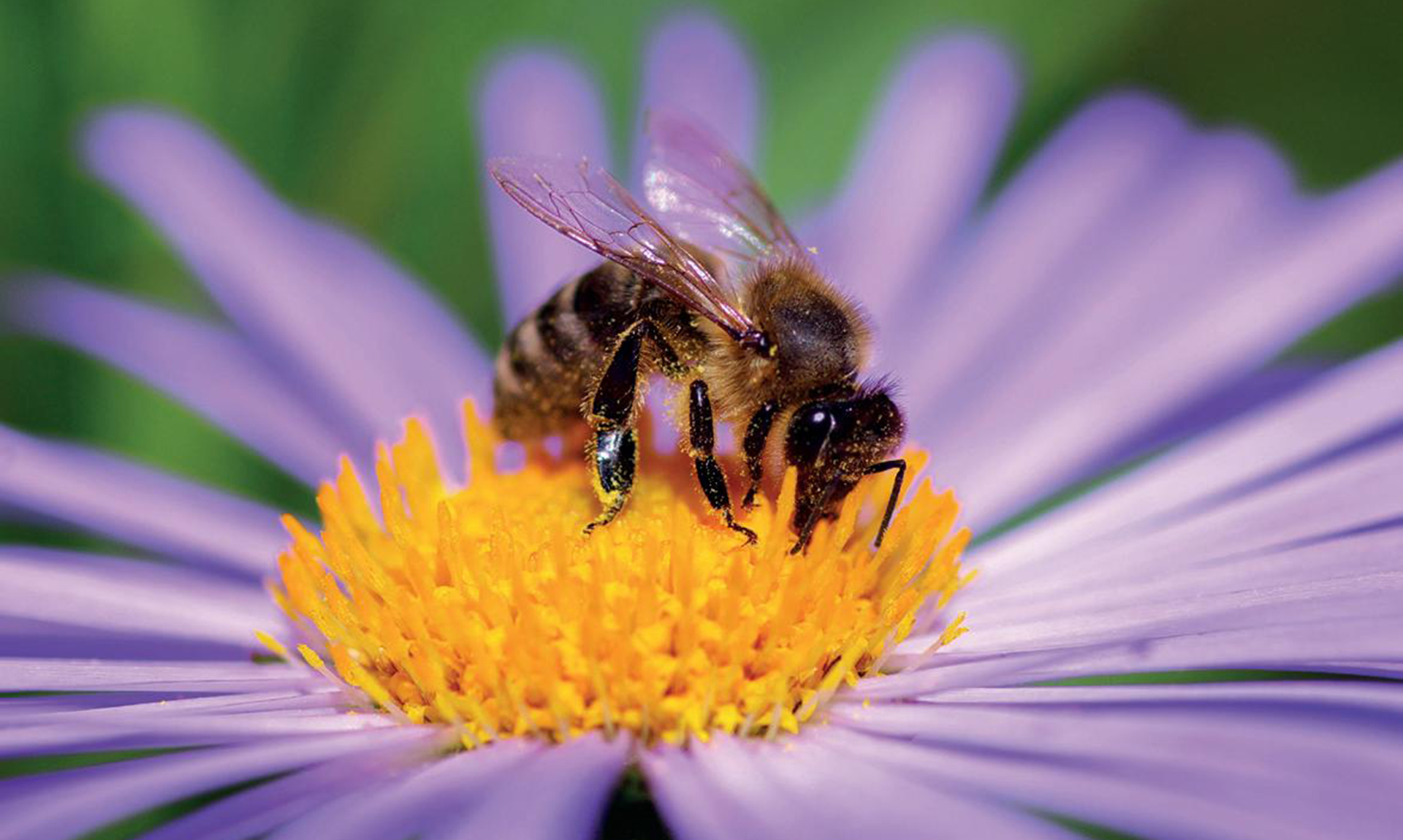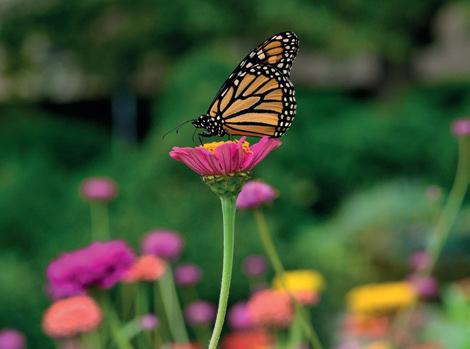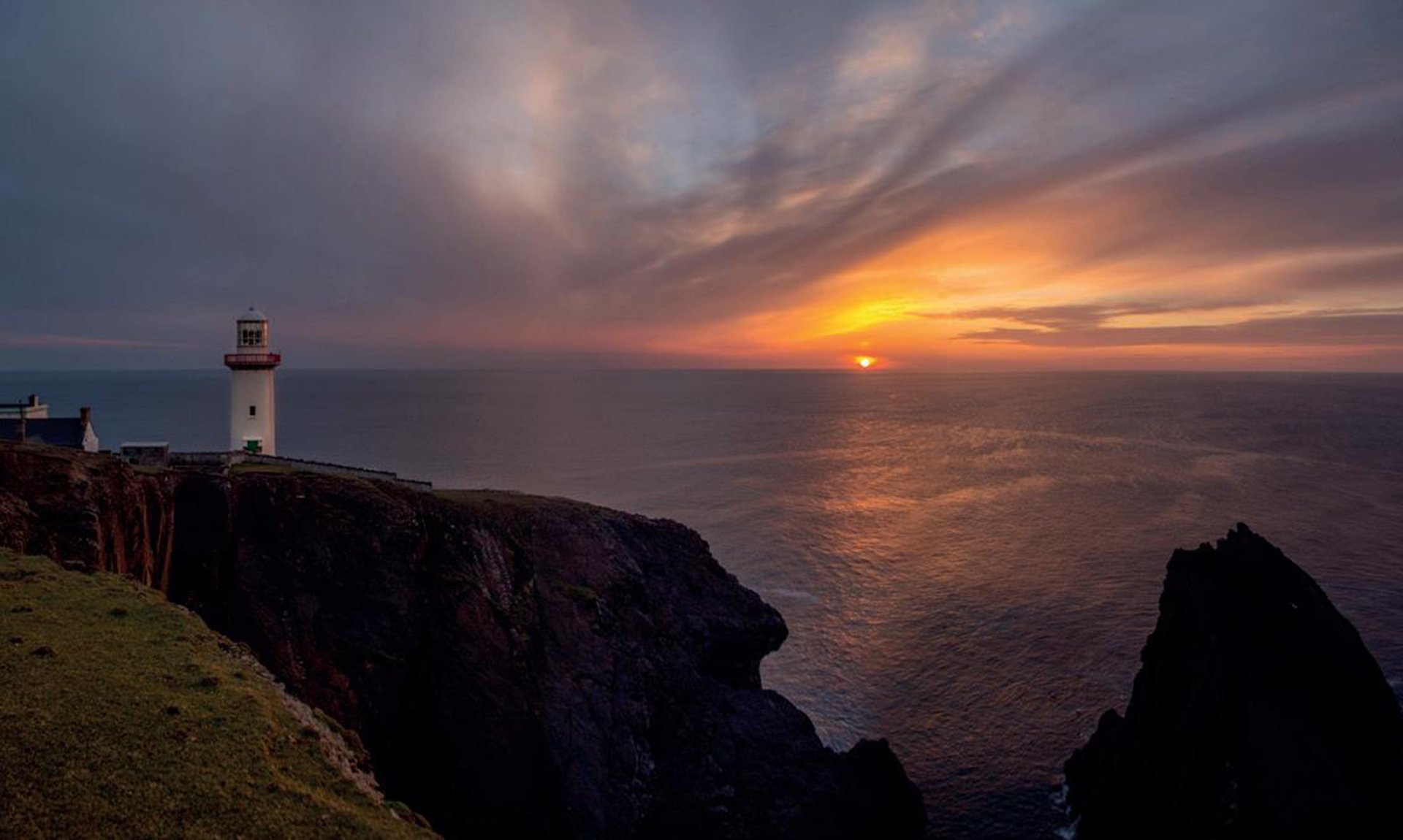
A Garden For Wildlife
A Garden for Wildlife
Even in inner-city areas wildlife is incredibly important, as well as being surprisingly abundant. Bringing a garden together with its surroundings, wildlife adds something extra, taking it beyond just a bit of grass or a flower bed and making a city garden a haven.
Sadly, many gardens are losing their link with wildlife – front gardens are being concreted over to create driveways, back gardens are being paved and lawns and beds are being cut back to make room for decking, we’re so concerned with the design that we don’t consider nature.
Encouraging wildlife can be as simple or complicated as you wish, you might like the idea of helping bugs to thrive, encouraging birds, observing butterflies, giving shelter to mammals or giving a habitat to increasingly endangered aquatic species.

What is important to remember is that animals of all kinds need food, shelter and safety – give them these three things and you could be part of a push to save wildlife from becoming as extinct as the dodo.
Get Your Garden Buzzing
Bird feeders and birdhouses are an easy way to encourage birds, many of which are in steep decline, into your garden. Keep feeding tables close to shelter to avoid larger overhead predators but keep them away from fences or walls where cats can reach them.
Additionally avoid serving peanuts, which can choke smaller or younger birds. If in doubt speak to staff at a garden centre with knowledge of the best feed they offer. Ponds that are at least 18cm deep and surrounded by good plant cover are excellent to encourage frogs, newts (many of which are very endangered), insects and water snails.

Stock well with oxygenating plants and dot leaf piles and rocks around the garden to allow frogs plenty of places to hide on their dusk hops about the place. Don’t be too ready to obliterate slugs and snails which provide valuable food for amphibians.
The good old bumblebee is set to become a thing of the past if we don’t begin lending it a hand. So rather than running screaming in the opposite direction – bees are far less likely to sting than wasps as the sting will kill them and are excellent helpers in a flower garden – provide them with a shop bought bumblebee box or even get crafty to build your own.

Add plenty of pollen-rich flowers for food and watch as your back garden starts to buzz. Log piles in a quiet, undisturbed corner are just the ticket for hedgehogs. Although hedgehog houses are available a simple pile of old wood can also provide shelter for any number of other wild creatures. When it comes to planting, concentrate on native wildflowers which provide pollen and nectar that local wildlife can feed on and consider leaving grass longer for cover.




